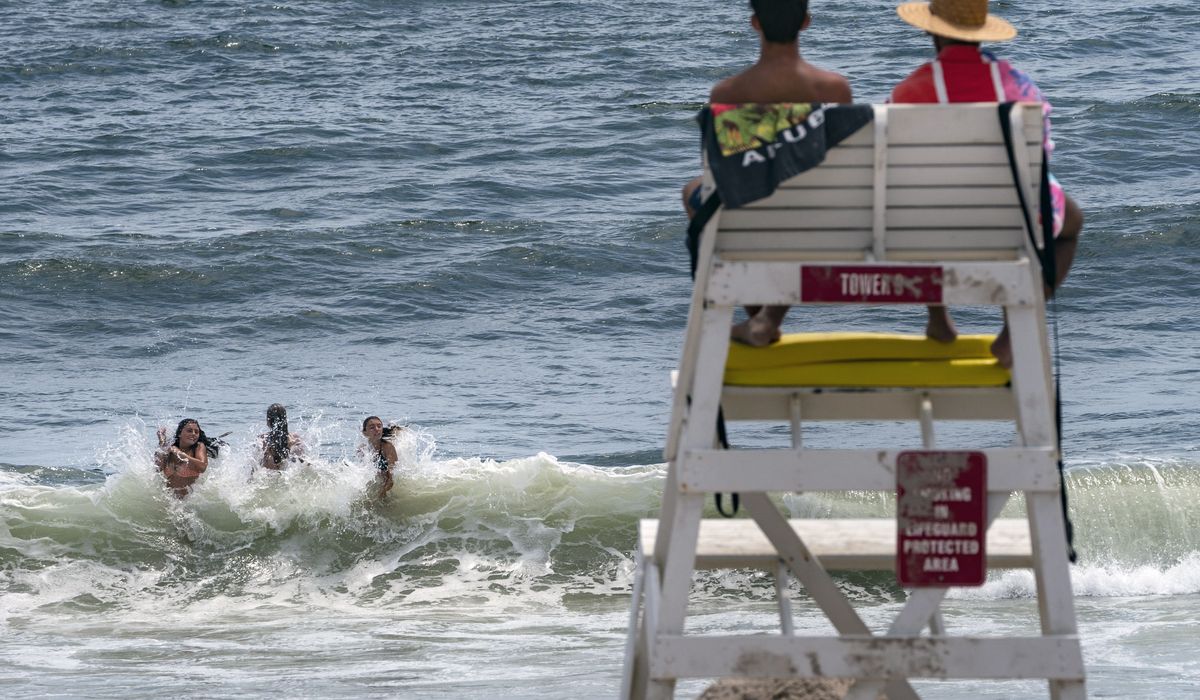


Lack of lifeguards might hinder America’s public pools and beaches this summer.
According to the American Lifeguard Association, over 150,000 pools and beaches are at risk of closure or reduction in hours since they cannot hire enough lifeguards.
The amount of work required to become a licensed lifeguard is intense for a job that likely pays as much as waiting tables. Previously, when TV’s “Baywatch” was a part of the cultural conversation, some saw being a lifeguard as a career. However, since the 1990s, overseeing the safety of swimmers has mostly been seen as a summer job for teenagers.
U.S. immigration policy has also played a role in the shortage of lifeguards. In the early 2000s, a previous lifeguard shortage was remedied after thousands of Eastern European immigrants on J-1 visas filled many positions.
However, during the COVID-19 pandemic, the Trump administration put J-1 visas on hold. Although the Biden White House has since let the pause expire, immigrants are not taking lifeguard jobs at the same rate.
Not having a lifeguard on duty can be dangerous, especially for children. According to the Centers for Disease Control and Prevention, drowning in pools, lakes or rivers is the second leading cause of death for children ages 5 to 14.
• Vaughn Cockayne can be reached at vcockayne@washingtontimes.com.
